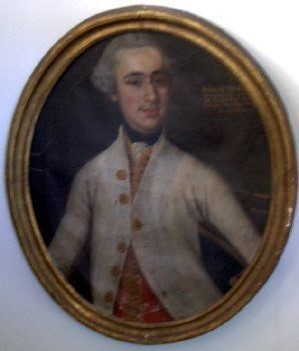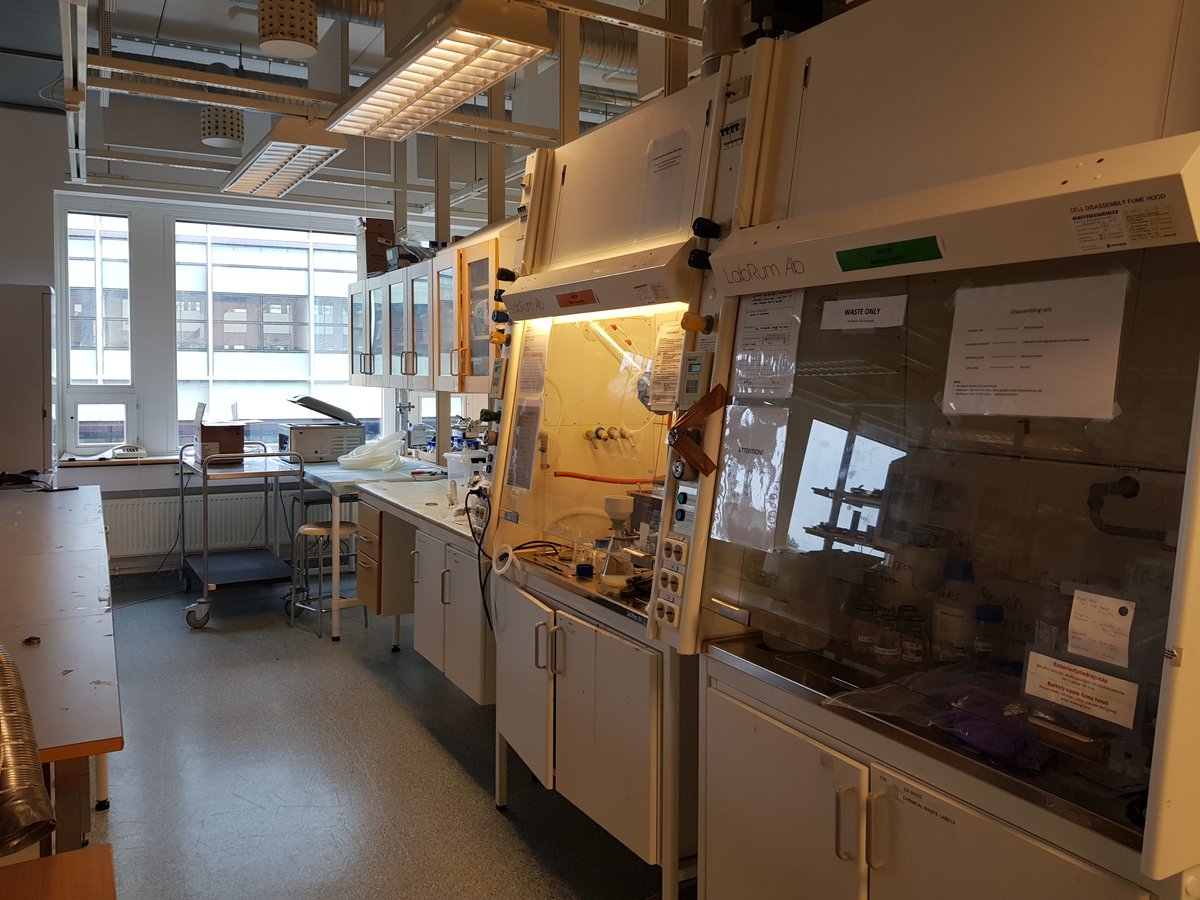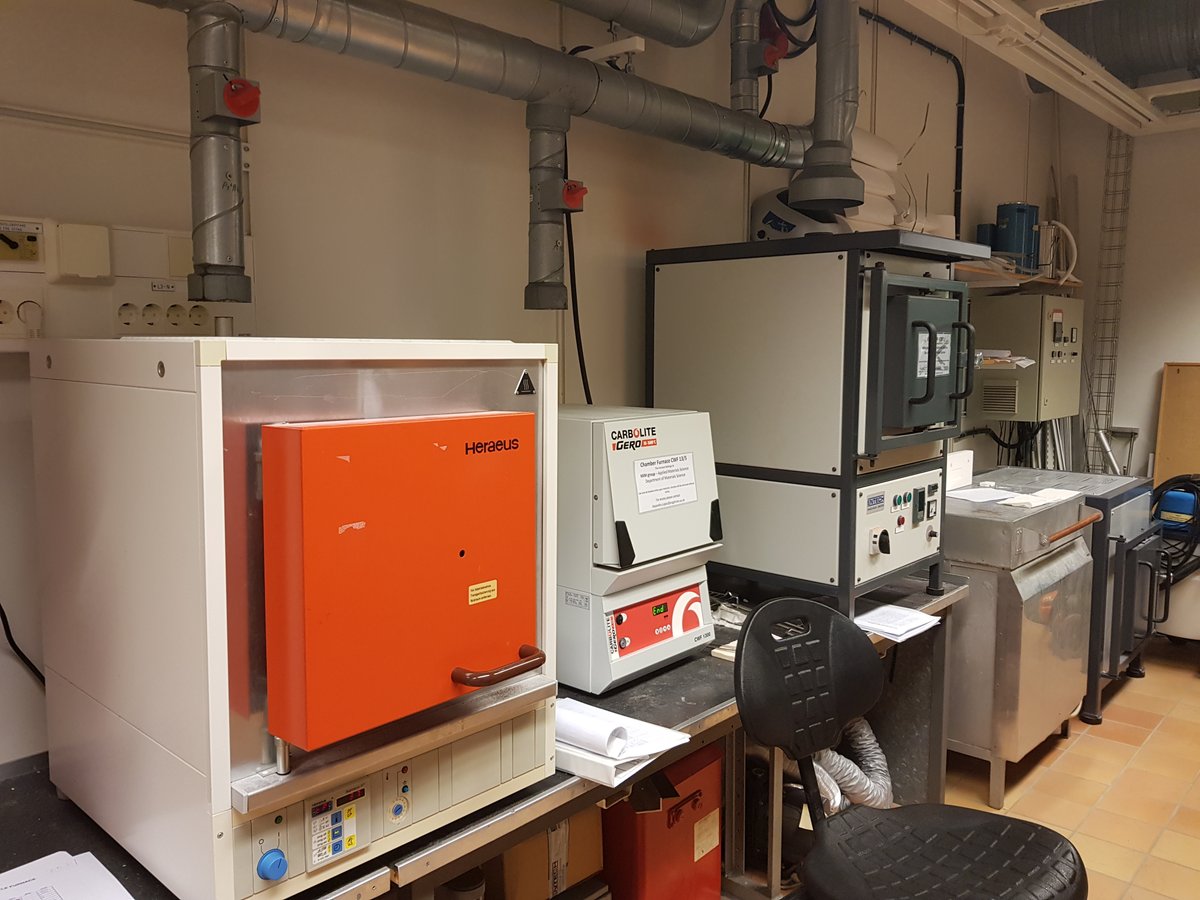
Ok morning meetings done! I will kick off today by talking a little bit about how I ended up all the way in Sweden.
I originally did my undergraduate studies within at @Sydney_Uni. I was actually originally studying a combined science, commerce degree at the time!
I originally did my undergraduate studies within at @Sydney_Uni. I was actually originally studying a combined science, commerce degree at the time!
However, in my third year I rediscovered my love for crystals and discovered the joys of #crystallography in the solid state chemistry course. This led to a research project in @SydneyChemistry in 2009 on lithium conduction in defect perovskites that grew into my PhD project. 

I will talk more on the science of my project later. For now how did I find my way to Sweden? Well, I was fortunate enough in my PhD to have to opportunity to travel abroad to conferences. Such as AsCA in Busan Korea (where I looked very different compared to today...) 



Attending conferences is a great way to meet and network with others in the field. It was one conference in particular that really taught me that its not what you know but who you know. This was the International Meeting of Lithium-Ion Batteries on Jeju Island, Korea in 2012.
There I met a researcher from the @angstromABC who was working on building devices for studying battery materials using #neutrons. As I was working on this too I started a dialogue with him which turned into discussions of a collaboration.
Next thing you know, a year later I found myself in Sweden and then the @isisneutronmuon source to perform experiments connected to this collaboration. It was also my first experience of building batteries in a glovebox...it isn't easy. 

However, the week I was in Sweden preparing I had the great fortune to meet @KristinaEdstrm2 and Dr Torbjörn Gustafsson, both of whom had a long history of studying battery materials with diffraction. Including the first in situ neutron experiment on a custom built battery.
While brief, this meeting led to Prof. Edström offering me a postdoc position in 2015 working in the @StructuralChem1 group and continuing my work on methods of studying batteries during operation using diffraction. I have been here ever since :).
So, what have I learned from this journey?
- You never know where or when you might run into that career changing collaboration
- Networking is key for finding opportunities in the first place
- Sometimes relocating to a new country is needed to utilise these opportunities
- You never know where or when you might run into that career changing collaboration
- Networking is key for finding opportunities in the first place
- Sometimes relocating to a new country is needed to utilise these opportunities
I think one final thing I need to add is that, looking back I never would have predicted this path. Or that I would end up potentially permantly in Sweden. So keep an open mind about career paths and opportunities :)
• • •
Missing some Tweet in this thread? You can try to
force a refresh




















